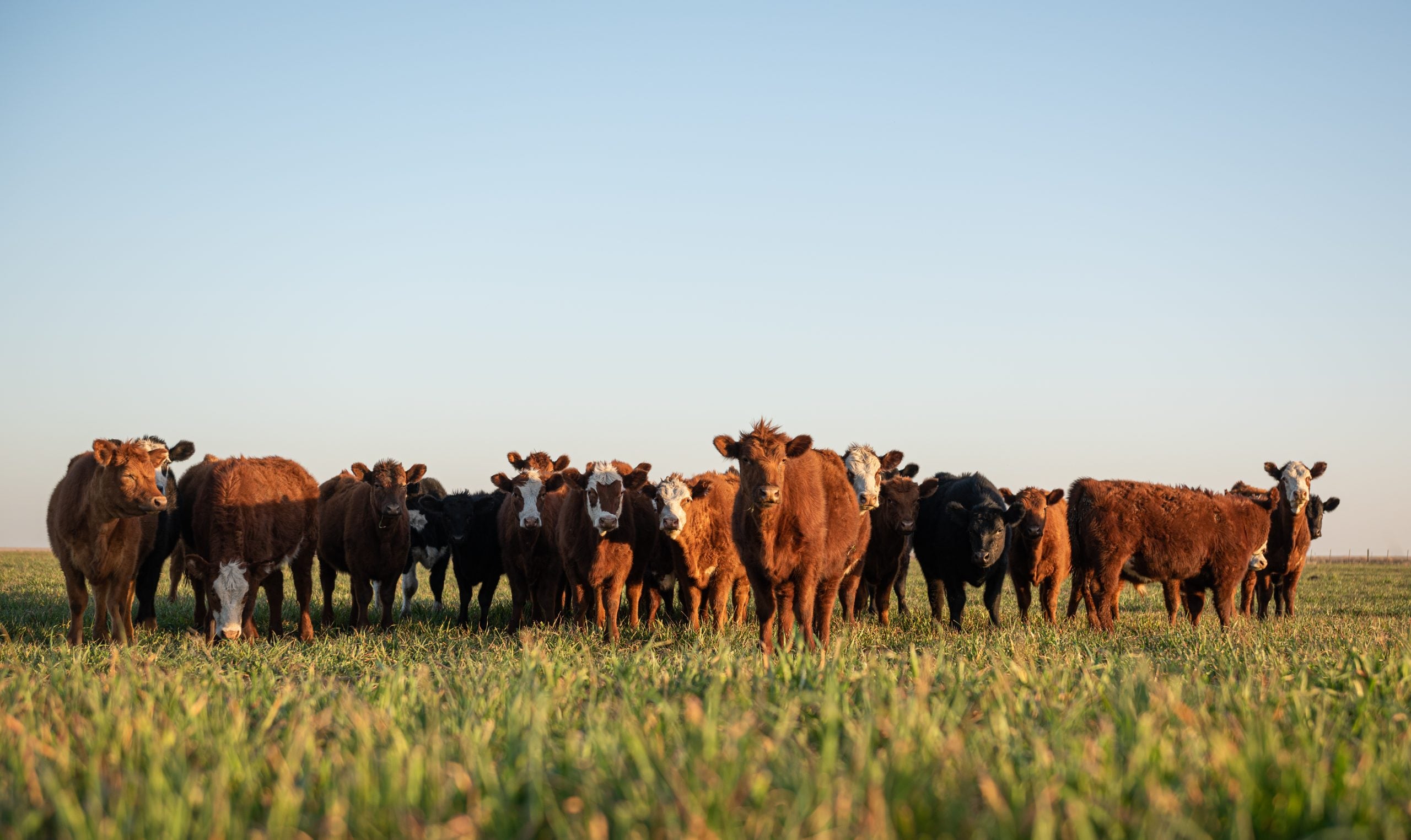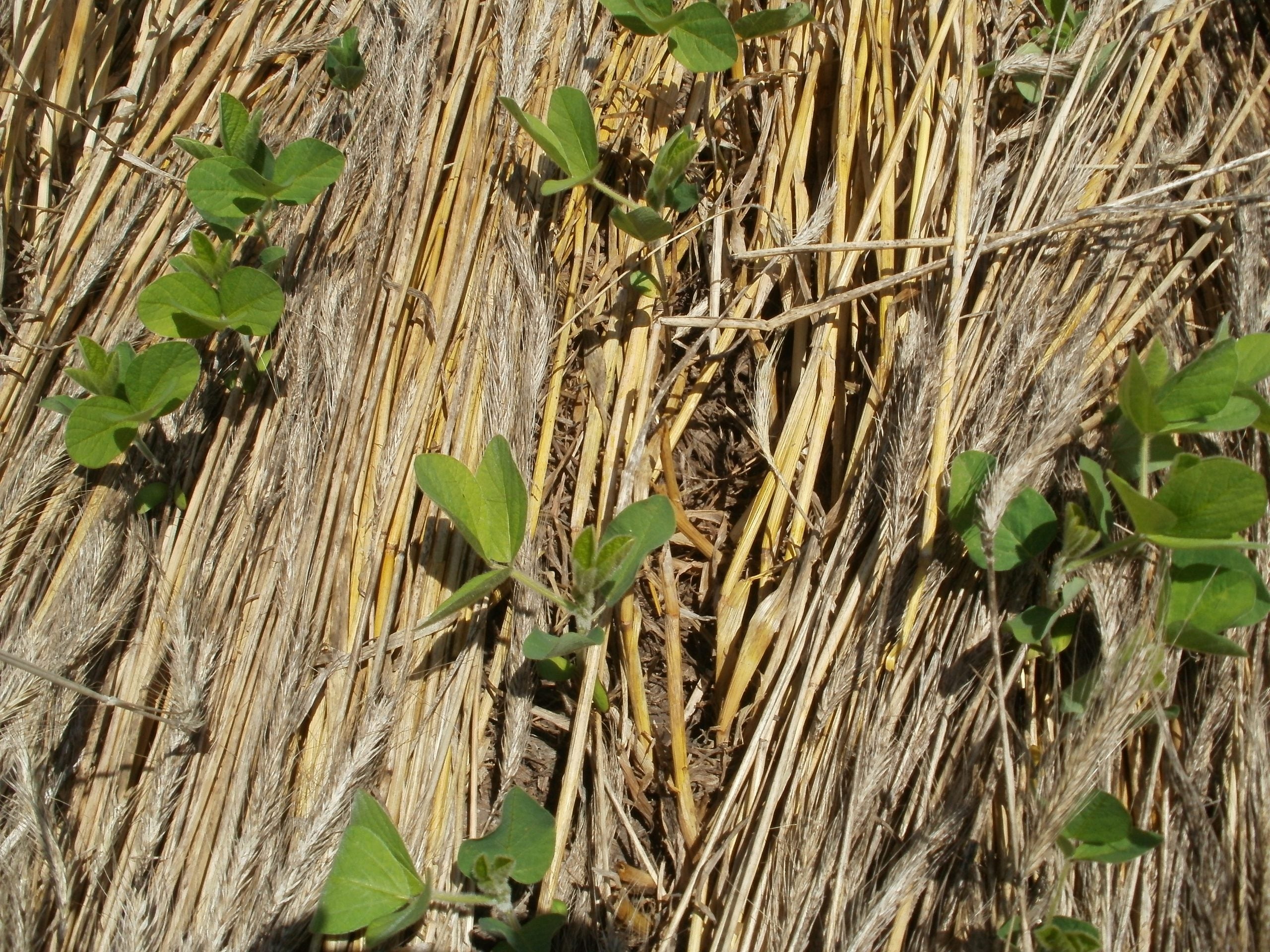In 2022, Farm Credit Canada launched the Sustainability Incentive Program to recognize and encourage customers to implement sustainable farming practices. Through the program, FCC partners with agriculture industry-led sustainability initiatives that have established systems for verifying and measuring environmental outcomes. This model has allowed FCC to offer innovative financial incentives to farmers producing several different commodities.
I sat down with Curtis Grainger, FCC’s Director of Lending Products and Sustainability Programs, to learn more about Farm Credit Canada’s Sustainability Incentive Program.














